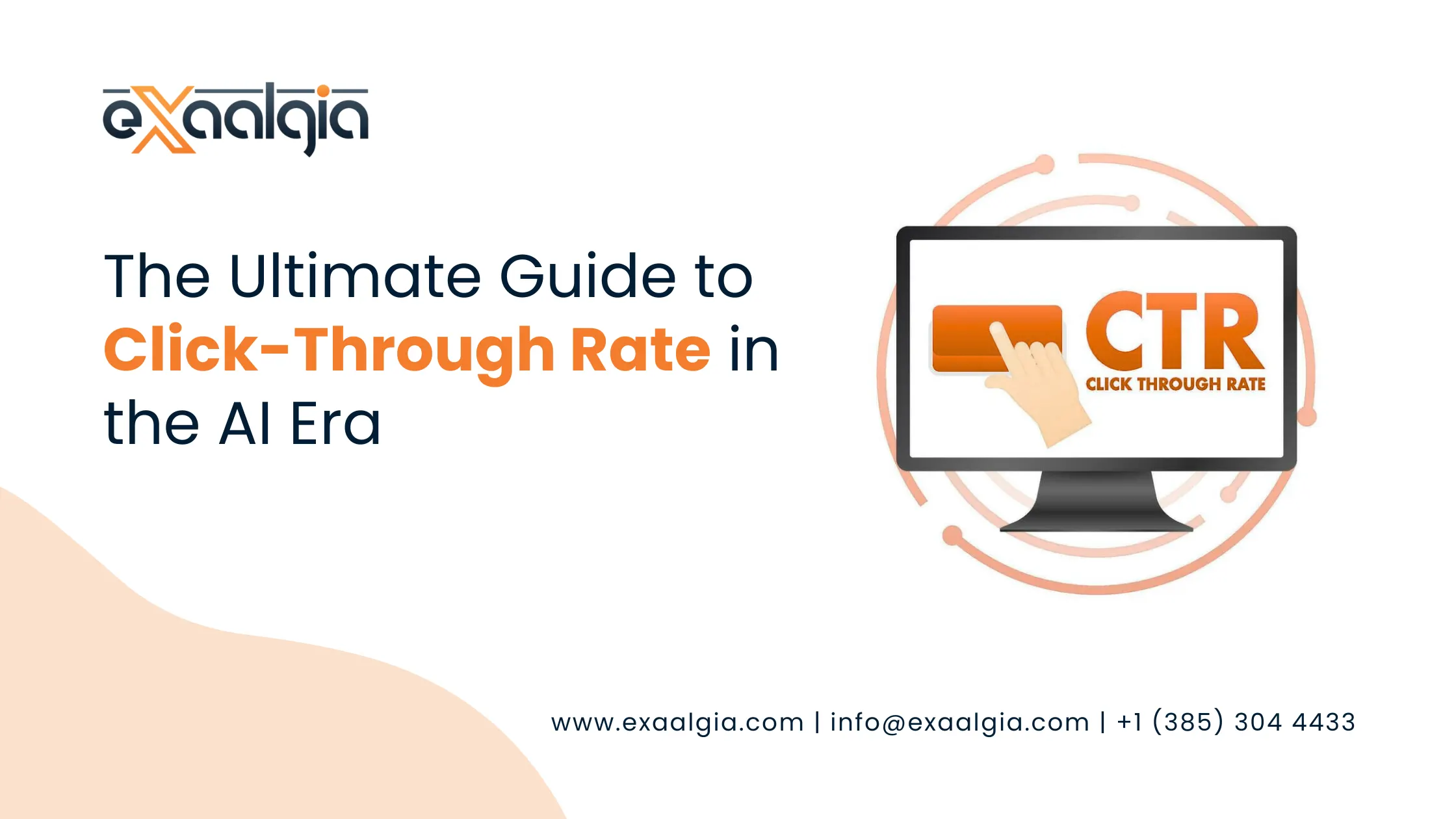If you want to grow your business, you must understand this concept. Using social proof effectively can transform your marketing efforts. It moves prospects from hesitant to confident buyers.
This guide will fully explore this powerful tool. You will learn how to integrate the principle successfully into your strategy.
How Social Proof Works and Why You Should Care
Social proof is a fundamental psychological phenomenon. It suggests that people will follow the actions of a majority. We assume that those actions reflect correct behavior. When we are unsure, we look to the crowd for guidance. This principle is deeply rooted in our human need to belong.
In marketing, this principle acts as a powerful trust signal. It shows potential customers that others are already using your product. These current users are finding real value in it. It effectively lowers the perceived risk of a purchase.
You use this tool by collecting and displaying objective evidence. This evidence must show positive past experiences. You leverage the influence of your satisfied community. Smart use of external validation guides new customers to make the same choice. It helps them feel confident in their decision.
This psychological trigger is why crowded restaurants seem better. It explains why a long waiting list creates demand. Brands must actively cultivate and showcase this trust. This is the surest path to higher conversion rates.
Social Proof Matters: Here’s Why
The principle of social proof is critically important for several key reasons. It directly impacts your brand’s credibility and sales. Without this external validation, your marketing claims are just noise. Trust is the currency of the digital economy. Using this evidence mints that currency for your brand.
First, it builds immediate and lasting trust. When customers see objective endorsements, they believe them. They trust a peer more than a company advertisement. Statistics confirm this consumer behavior. Most buyers look for reviews before they purchase anything.
Second, it dramatically increases your conversion rates. When prospects see others converting, they follow suit. A strong display of external trust signals can overcome buyer hesitation. This minimizes doubt at crucial decision points. It creates a sense of community around your product.
Third, this external validation establishes brand authority. Being endorsed by experts or media logos lends gravitas. It positions your company as a leader in its field. This is vital for attracting premium clients. It helps justify a higher pricing structure. Ignoring this principle means leaving revenue on the table. It is an essential component of any successful marketing strategy today.
Social Proof Strategies That Influence Decisions
There are many ways to leverage this power of the crowd. Each type appeals to a different aspect of human psychology. A comprehensive strategy uses several types together. Using all these tools maximizes your influence. Below are nine effective types you can implement immediately.
1. Customer Feedback That Matters
Customer reviews are perhaps the most accessible form of this evidence. They offer unfiltered, honest feedback from real users. This level of objectivity is highly valued by consumers.
Reviews provide crucial context about product usage. They help new buyers imagine using the product themselves.
Testimonials are curated, intentional endorsements. They often include a photo, name, and company title. This attribution adds significant weight and credibility. High-quality testimonials tell a brief, compelling success story. They clearly highlight the benefit your product delivered.
You must gather reviews continuously across all platforms. Include sites like Google, Yelp, and product pages. Feature testimonials prominently on your homepage. Use them on landing pages and during checkout processes. Video testimonials carry the most persuasive power. They are much harder to fake than simple text. Encourage customers to share their positive experiences. Offer a small incentive for their time. This is a core part of building market trust.
2. Power of Influencer Recommendations
Influencers are trusted voices within specific niche communities. They possess an authentic connection with their audience. When they recommend a product, it acts as powerful external validation. The endorsement transfers their credibility to your brand. This method allows you to tap into a highly targeted audience.
You must choose influencers whose values align with yours. Authenticity is the most important factor here. Partnerships must feel genuine, not purely transactional. This strategy works well across all major social media platforms.
A partnership can involve product unboxings or sponsored posts. Long-term partnerships are often the most successful. They build sustained trust with the influencer’s community. Even micro-influencers can generate huge results. Their audiences are often more engaged and loyal. Harnessing this type of evidence expands your brand’s reach and improves your social media presence instantly.
3. Showcasing Achievements for Trust
Displaying industry awards signals third-party validation. When an independent body recognizes your work, it confirms quality. Awards function as high-level authoritative evidence. They prove that experts respect your brand’s performance. These accolades are especially important in B2B markets.
Recognition can come from many sources. These include industry publications or trade organizations. Think about “Best Product of the Year” or “Top Rated.” Display these logos on your website and in email signatures. Use them in sales presentations and press releases.
This form of proof demonstrates excellence and prestige. It suggests your company is a leader in its space. Use brief, clear language to describe the award. Explain why the recognition matters to your customer. Do not just display the logo; explain the achievement clearly. This elevates your brand perception instantly.
4. Trusted Media Coverage Highlights
Showing logos of major media outlets is another key form of authoritative proof. If reputable news sources have featured your company, highlight it. This type of external validation is very effective for building quick trust. Customers assume that being featured means you are legitimate.
These logos might include Forbes, TechCrunch, or The New York Times. The public recognizes these brands immediately. Place a clear “Featured In” or “As Seen On” banner on your site. Locate this banner near the top of your landing pages. This is the best use of valuable screen space.
Seeing these recognizable logos reduces skepticism quickly. It lends immediate national or global credibility to your operation. Even a small mention in a major publication is valuable. Be sure to link back to the actual article if possible. This provides verification for the claim.
5. Why Popularity Matters in Social Proof
Displaying large numbers related to your user base works powerfully. Metrics like subscriber count or user totals show volume. This is often called “the wisdom of the crowd.” People assume if many others have joined, they should also join. This numerical evidence encourages quick action.
Showcase your total number of customers or newsletter subscribers. You can highlight app downloads or community members. Quantifiable data is very convincing to many buyers. Use large, prominent numbers on your sign-up forms. Phrases like “Join 50,000 satisfied users” work well.
Be transparent and keep these numbers updated regularly. Avoid exaggerating or using inflated figures. Authenticity is crucial for maintaining trust. High subscriber counts create a fear of missing out, or FOMO. This psychological pressure drives new sign-ups effectively.
6. Leveraging UGC for Authenticity
User-Generated Content (UGC) is material created by your actual customers. This includes photos, videos, or posts shared on media. UGC is highly effective because it is authentic and unpaid. It acts as a genuine endorsement from a peer group. It is a very raw and relatable form of peer validation.
Encourage your customers to share their experiences online. Their social media posts provide strong evidence to potential buyers. Run contests or use branded hashtags to facilitate this. Curate and reshare the best UGC on your official channels. This validates the customer and inspires others to participate. This practice helps to humanize your brand presence.
UGC provides real-world context for your product usage. It shows the item being used in everyday scenarios. This is much more relatable than polished studio photography. This content is vital for engaging younger demographics. This ensures maximum social media engagement with your audience.
7. Stories That Show Success
Case studies offer in-depth, detailed narratives of success. They outline a specific customer’s problem and your solution. They then quantify the positive results achieved. This long-form content is the ultimate form of logical proof. It appeals to analytically-minded buyers.
A strong case study must follow a clear structure. Include the challenge, the solution, and measurable results. Use clear data points, like percentage increases or time saved. These concrete metrics prove the value of your offering. Case studies are particularly essential in B2B sales cycles.
They help prospects see themselves in the success story. They address potential doubts and objections directly. Dedicate a section of your website to housing these stories. Organize them by industry or product application. This allows prospects to find relevant success stories easily.
8. Connecting With Trusted Platforms
Showing successful partnerships with other brands is a strong signal. Integrations demonstrate compatibility and industry acceptance. When you integrate with a well-known service, you borrow their prestige. This provides high-level proof through association.
Display logos of the third-party services you connect with. Use a clear section titled “Integrates With” or “Partners.” This is common for SaaS and B2B platforms. It shows that your product works seamlessly within an existing ecosystem.
This also showcases the robustness of your technology. It confirms that your solution is reliable and scalable. Partnerships with large, reputable companies are especially impactful. They immediately enhance your own brand’s perception of quality. This form of validation is about creating a network of trust.
9. How Appreciation Builds Loyalty
Actively showing appreciation for your customers creates goodwill. It also reinforces positive behavior publicly. Acknowledging loyal users turns them into brand advocates. This type of external validation is rooted in community and gratitude. It shows your business truly cares about people.
This can involve publicly thanking customers on social media. You can feature them in a customer spotlight section. Creating a loyalty program is another excellent strategy. Highlight users who have reached milestones with their service. Send personalized thank-you notes or small gifts.
When you celebrate your customers, they are more likely to share. Their organic shares become powerful, earning endorsement. This creates a virtuous cycle of positive interaction. It fosters a deeper emotional connection with your brand. Showing appreciation is a small effort with massive returns.
Smart Ways to Use Social Proof in Campaigns
Integrating this powerful principle must be a systematic effort. It is not a one-time task for your marketing team. It requires continuous effort and strategic placement. Follow these key steps to embed trust into your campaigns:
- Map the Customer Journey: Identify every point where a buyer hesitates. These are points of friction, such as sign-up pages or checkout screens.
- Deploy Relevant Proof: Place specific, tailored evidence at these friction points. Use customer reviews near the “Add to Cart” button. Place awards logos on your pricing page.
- Optimize Website Placement: Ensure your highest traffic pages feature your best proof. Use trust seals and media logos above the fold. Keep testimonial quotes short and compelling.
- Activate Email Campaigns: Weave positive quotes or review snippets into your emails. Use case study links in drip campaigns. Show potential customers what they could achieve.
- Run Social Media Ads: Use ad creatives that feature UGC or glowing testimonials. Video testimonials work exceptionally well in social advertising. They grab attention and build trust instantly.
- Measure and Test Everything: Do not rely on guesswork for effectiveness. Use A/B testing on different types of external evidence. Measure how each version impacts conversion rates. Always optimize for the highest performance.
- Systematize Collection: Set up automated systems for review collection. Implement Social Media Management Tools to track user-generated content. Systematic efforts require planning. Use a social media calendar to schedule content releases effectively.
Why Social Proof Should Be Part of Your Strategy
The principle of social proof is far more than a marketing trend. It is a foundational human psychology concept. It must be central to your growth strategy. By intentionally showcasing positive feedback, you build trust. This trust directly translates into greater sales volume.
Start by implementing the nine types of external validation listed here. Prioritize gathering real customer stories and data. Use this evidence to reduce risk for prospective buyers. When you leverage the crowd’s wisdom, your business will thrive. Start building your legacy of trust today.
Common Queries on Social Proof Explained
What is the primary benefit of using social proof?
The primary benefit is building instant credibility and trust. This dramatically lowers a buyer’s perceived risk of purchase. Increased trust leads directly to much higher conversion rates.
Which type of social proof is most effective for B2B companies?
Case studies and media logos are often the most effective. B2B buyers require detailed, logical evidence. Case studies provide quantified ROI and tangible success stories.
How often should I update the external validation on my website?
Fresh reviews and recent customer counts are more persuasive. Aim to refresh testimonials at least quarterly. Keep all numerical proof current and accurate.







